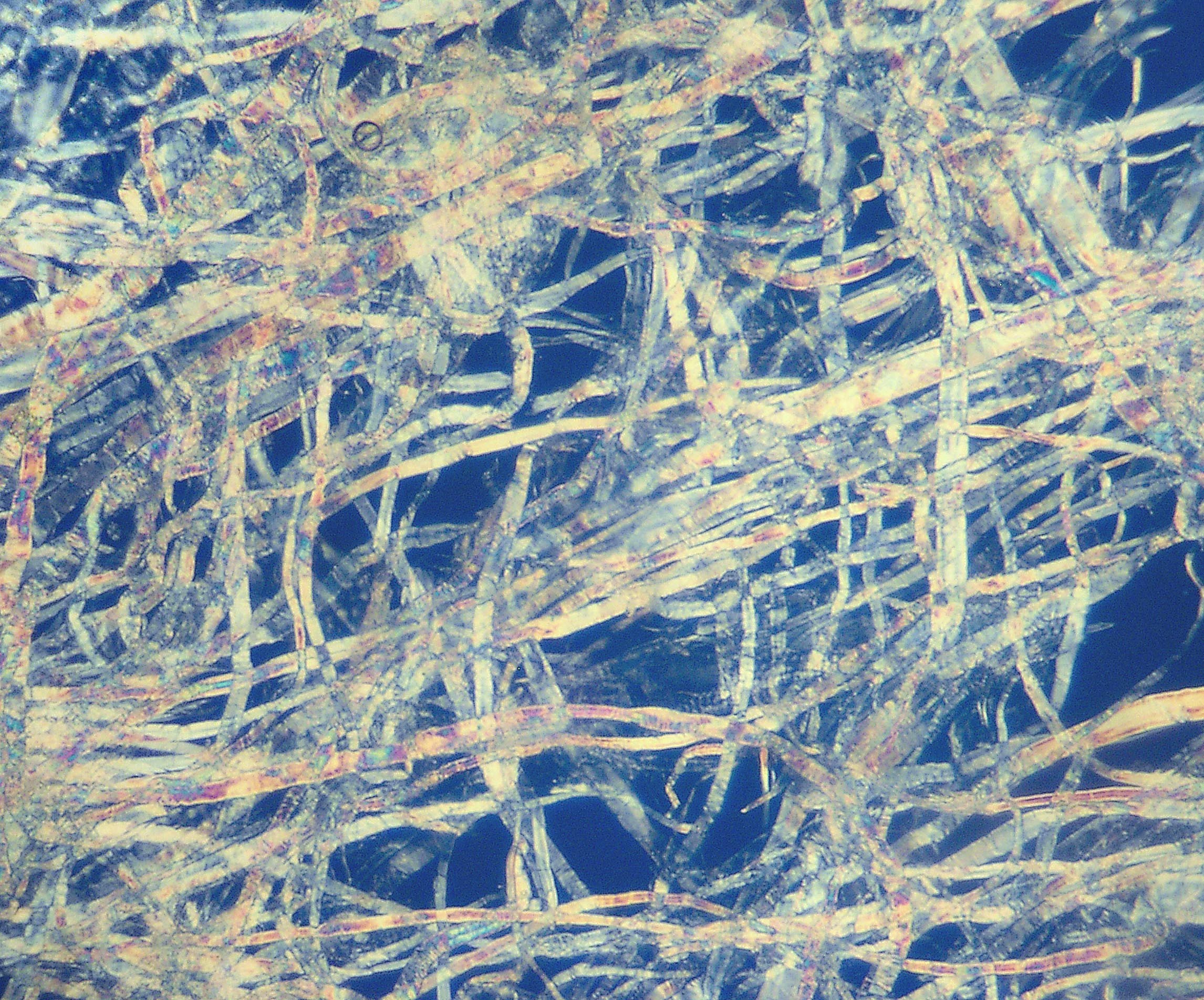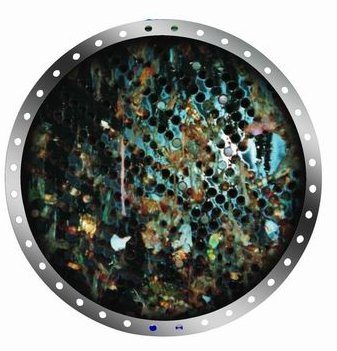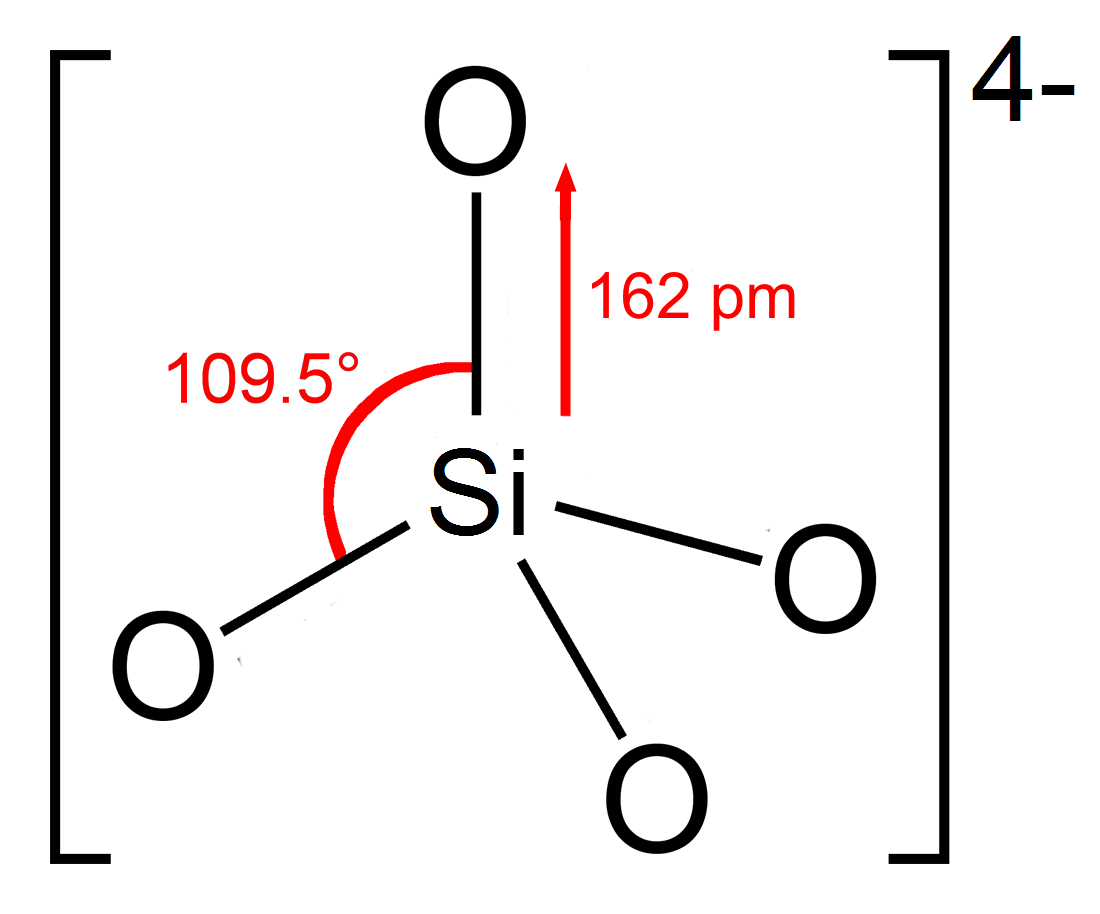|
Soda Pulping
Soda pulping is a chemical process for making wood pulp with sodium hydroxide as the cooking chemical. In the ''Soda-AQ'' process, anthraquinone (AQ) may be used as a pulping additive to decrease the carbohydrate degradation. The soda process gives pulp with lower tear strength than other chemical pulping processes ( sulfite process and kraft process), but has still limited use for easily pulped materials like straw and some hardwoods. History A precursor to the soda pulping process was the paper making process developed by Matthias Koops in 1801 which involved washing wood shavings in limewater, adding soda crystals and then boiling the mixture. Soda pulping was one of the first chemical pulping methods and was invented in 1851 by Burgess (United States) and Watts (England). In France in 1852 Coupier and Mellier patented a soda process based on an 1851 invention the patent of which preceded that of Watt and Burgess, which was filed in 1854. The first mill was started in 1866 in th ... [...More Info...] [...Related Items...] OR: [Wikipedia] [Google] [Baidu] |
Wood Pulp
Pulp is a fibrous Lignocellulosic biomass, lignocellulosic material prepared by chemically, semi-chemically, or mechanically isolating the cellulose fiber, cellulosic fibers of wood, fiber crops, Paper recycling, waste paper, or cotton paper, rags. Mixed with water and other chemicals or plant-based additives, pulp is the major raw material used in papermaking and the industrial production of other Pulp and paper industry, paper products. History Before the widely acknowledged invention of papermaking by Cai Lun in China around AD 105, paper-like writing materials such as papyrus and amate were produced by ancient civilizations using plant materials which were largely unprocessed. Strips of Bark (botany), bark or Bast fibre, bast material were woven together, beaten into rough sheets, dried, and polished by hand. Pulp used in modern and traditional papermaking is distinguished by the process which produces a finer, more regular slurry of cellulose fibers which are pulled out of ... [...More Info...] [...Related Items...] OR: [Wikipedia] [Google] [Baidu] |
Bamboo
Bamboos are a diverse group of mostly evergreen perennial plant, perennial flowering plants making up the subfamily (biology), subfamily Bambusoideae of the grass family Poaceae. Giant bamboos are the largest members of the grass family, in the case of ''Dendrocalamus sinicus'' having individual stalks (Culm (botany), culms) reaching a length of , up to in thickness and a weight of up to . The internodes of bamboos can also be of great length. ''Kinabaluchloa, Kinabaluchloa wrayi'' has internodes up to in length. and ''Arthrostylidium schomburgkii'' has internodes up to in length, exceeded in length only by Cyperus papyrus, papyrus. By contrast, the stalks of the tiny bamboo Raddiella, ''Raddiella vanessiae'' of the savannas of French Guiana measure only in length by about in width. The origin of the word "bamboo" is uncertain, but it most likely comes from the Dutch language, Dutch or Portuguese language, Portuguese language, which originally borrowed it from Malay langua ... [...More Info...] [...Related Items...] OR: [Wikipedia] [Google] [Baidu] |
Pulp And Paper Industry
The pulp and paper industry comprises companies that use wood, specifically pulpwood, as raw material and produce pulp, paper, paperboard, and other cellulose-based products. Manufacturing process In the manufacturing process, pulp is introduced into a paper machine where it is shaped into a paper web and water is extracted through pressing and drying stages. Pressing involves removing water from the sheet by applying force. This process employs a specialized type of felt, distinct from traditional felt, to absorb the water. In contrast, hand-made paper uses a blotter sheet for this purpose. Drying involves eliminating water from the paper sheets through air or heat. Historically, this was achieved by hanging the sheets to dry, similar to laundry. In modern papermaking, various heated drying mechanisms are employed, with the steam-heated can dryer being the most prevalent on paper machines. History Papermaking as a craft is ancient, and for centuries it used various fibers, ... [...More Info...] [...Related Items...] OR: [Wikipedia] [Google] [Baidu] |
Papermaking
Papermaking is the manufacture of paper and cardboard, which are used widely for printing, writing, and packaging, among many other purposes. Today almost all paper is Pulp and paper industry, made using industrial machinery, while handmade paper survives as a specialized craft and a medium for paper art, artistic expression. In papermaking, a dilute suspension consisting mostly of separate cellulose fibres in water is drained through a sieve-like screen, so that a mat of randomly interwoven fibres is laid down. Water is further removed from this sheet by pressing, sometimes aided by suction or vacuum, or heating. Once dry, a generally flat, uniform and strong sheet of paper is achieved. Before the invention and current widespread adoption of automated machinery, all paper was made by hand, formed or laid one sheet at a time by specialized laborers. Even today those who make paper by hand use tools and technologies quite similar to those existing hundreds of years ago, as origin ... [...More Info...] [...Related Items...] OR: [Wikipedia] [Google] [Baidu] |
Paper Chemicals
Paper chemicals designate a group of Chemical substance, chemicals that are used for Papermaking, paper manufacturing, or modify the properties of paper. These chemicals can be used to alter the paper in many ways, including changing its color and brightness, or by increasing its strength and resistance to water. The chemicals can be defined on basis of their usage in the process. Chemical usage is not only for imparting properties to paper but to handle the water cycles in the process, conditioning of fabrics, cleaning of equipment and several other applications. Chemicals used in paper manufacturing Pulping Chemical pulping involves dissolving lignin in order to extract the cellulose from the wood fiber. The different processes of chemical pulping include the Kraft process, which uses caustic soda and sodium sulfide and is the most common; alternatively, the use of sulfurous acid is known as the sulfite process, the neutral sulfite semichemical is treated as a third proc ... [...More Info...] [...Related Items...] OR: [Wikipedia] [Google] [Baidu] |
Carbon Dioxide
Carbon dioxide is a chemical compound with the chemical formula . It is made up of molecules that each have one carbon atom covalent bond, covalently double bonded to two oxygen atoms. It is found in a gas state at room temperature and at normally-encountered concentrations it is odorless. As the source of carbon in the carbon cycle, atmospheric is the primary carbon source for life on Earth. In the air, carbon dioxide is transparent to visible light but absorbs infrared, infrared radiation, acting as a greenhouse gas. Carbon dioxide is soluble in water and is found in groundwater, lakes, ice caps, and seawater. It is a trace gas Carbon dioxide in Earth's atmosphere, in Earth's atmosphere at 421 parts per million (ppm), or about 0.042% (as of May 2022) having risen from pre-industrial levels of 280 ppm or about 0.028%. Burning fossil fuels is the main cause of these increased concentrations, which are the primary cause of climate change.IPCC (2022Summary for pol ... [...More Info...] [...Related Items...] OR: [Wikipedia] [Google] [Baidu] |
Green Liquor
Green liquor is the dissolved smelt of sodium carbonate, sodium sulfide and other compounds from the recovery boiler in the kraft process The kraft process (also known as kraft pulping or sulfate process) is a process for conversion of wood into wood pulp, which consists of almost pure cellulose fibres, the main component of paper. The kraft process involves treatment of wood chip .... The liquor's eponymous green colour arises from the presence of colloidal iron sulfide. The green liquor is usually reacted with lime (CaO) in the ''causticizing stage'' to regenerate white liquor. Alternatively, green liquor can be used prior to white liquor to extract some hemicellulose. References Papermaking {{Metalworking-stub ... [...More Info...] [...Related Items...] OR: [Wikipedia] [Google] [Baidu] |
Fouling
Fouling is the accumulation of unwanted material on solid surfaces. The fouling materials can consist of either living organisms (biofouling, organic) or a non-living substance (inorganic). Fouling is usually distinguished from other surface-growth phenomena in that it occurs on a surface of a component, system, or plant performing a defined and useful function and that the fouling process impedes or interferes with this function. Other terms used in the literature to describe fouling include deposit formation, encrustation, crudding, deposition, scaling, scale formation, slagging, and sludge formation. The last six terms have a more narrow meaning than fouling within the scope of the fouling science and technology, and they also have meanings outside of this scope; therefore, they should be used with caution. Fouling phenomena are common and diverse, ranging from fouling of ship hulls, natural surfaces in the marine environment (fouling community, marine fouling), fouling ... [...More Info...] [...Related Items...] OR: [Wikipedia] [Google] [Baidu] |
Sodium Aluminum Silicate
Sodium aluminosilicate refers to compounds which contain sodium, aluminium, silicon and oxygen, and which may also contain water. These include synthetic amorphous sodium aluminosilicate, a few naturally occurring minerals and synthetic zeolites. Synthetic amorphous sodium aluminosilicate is widely used as a food additive, E 554. Amorphous sodium aluminosilicate This substance is produced with a wide range of compositions and has many different applications. It is encountered as an additive E 554 in food where it acts as an anticaking (free flow) agent. As it is manufactured with a range of compositions it is not strictly a chemical compound with a fixed stoichiometry. One supplier quotes a typical analysis for one of their products as 14SiO2·Al2O3·Na2O·3H2O,(Na2Al2Si14O32·3H2O). The US FDA has as of April 1, 2012 approved ''sodium aluminosilicate (sodium silicoaluminate)'' for direct contact with consumable items under 21 CFR 182.2727. Sodium aluminosilicate is used as m ... [...More Info...] [...Related Items...] OR: [Wikipedia] [Google] [Baidu] |
Silicate
A silicate is any member of a family of polyatomic anions consisting of silicon and oxygen, usually with the general formula , where . The family includes orthosilicate (), metasilicate (), and pyrosilicate (, ). The name is also used for any salt of such anions, such as sodium metasilicate; or any ester containing the corresponding chemical group, such as tetramethyl orthosilicate. The name "silicate" is sometimes extended to any anions containing silicon, even if they do not fit the general formula or contain other atoms besides oxygen; such as hexafluorosilicate . Most commonly, silicates are encountered as silicate minerals. For diverse manufacturing, technological, and artistic needs, silicates are versatile materials, both natural (such as granite, gravel, and garnet) and artificial (such as Portland cement, ceramics, glass, and waterglass). Structural principles In most silicates, a silicon atom occupies the center of an idealized tetrahedron whose cor ... [...More Info...] [...Related Items...] OR: [Wikipedia] [Google] [Baidu] |
Tropical Hardwood
The tropics are the regions of Earth surrounding the equator, where the sun may shine directly overhead. This contrasts with the temperate or polar regions of Earth, where the Sun can never be directly overhead. This is because of Earth's axial tilt; the width of the tropics (in latitude) is twice the tilt. The tropics are also referred to as the tropical zone and the torrid zone (see geographical zone The five main latitude regions of Earth's surface comprise geographical zones, divided by the major circles of latitude. The differences between them relate to climate. They are as follows: # The North Frigid Zone, between the North Pole at ...). Due to the overhead sun, the tropics receive the most solar energy over the course of the year, and consequently have the highest temperatures on the planet. Even when not directly overhead, the sun is still close to overhead throughout the year, therefore the tropics also have the lowest seasonal variation on the planet; "wi ... [...More Info...] [...Related Items...] OR: [Wikipedia] [Google] [Baidu] |
Grass
Poaceae ( ), also called Gramineae ( ), is a large and nearly ubiquitous family (biology), family of monocotyledonous flowering plants commonly known as grasses. It includes the cereal grasses, bamboos, the grasses of natural grassland and species cultivated in lawns and pasture. The latter are commonly referred to collectively as grass. With around 780 genera and around 12,000 species, the Poaceae is the fifth-largest :plant families, plant family, following the Asteraceae, Orchidaceae, Fabaceae and Rubiaceae. The Poaceae are the most economically important plant family, including staple foods from domesticated cereal crops such as maize, wheat, rice, oats, barley, and millet for people and as forage, feed for livestock, meat-producing animals. They provide, through direct human consumption, just over one-half (51%) of all dietary energy; rice provides 20%, wheat supplies 20%, maize (corn) 5.5%, and other grains 6%. Some members of the Poaceae are used as building materials ( ... [...More Info...] [...Related Items...] OR: [Wikipedia] [Google] [Baidu] |







